Xiaofeng Su
Can Electromagnetic Information Theory Improve Wireless Systems? A Channel Estimation Example
Oct 19, 2023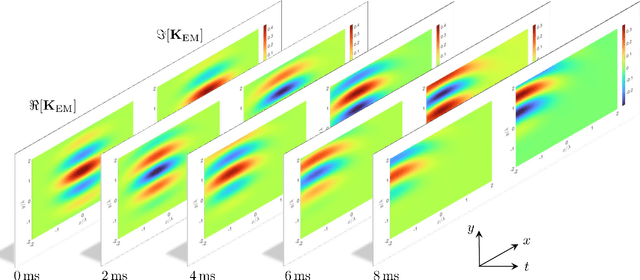
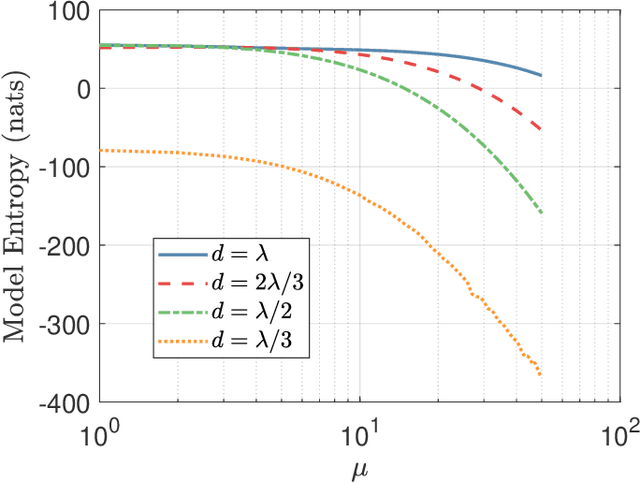
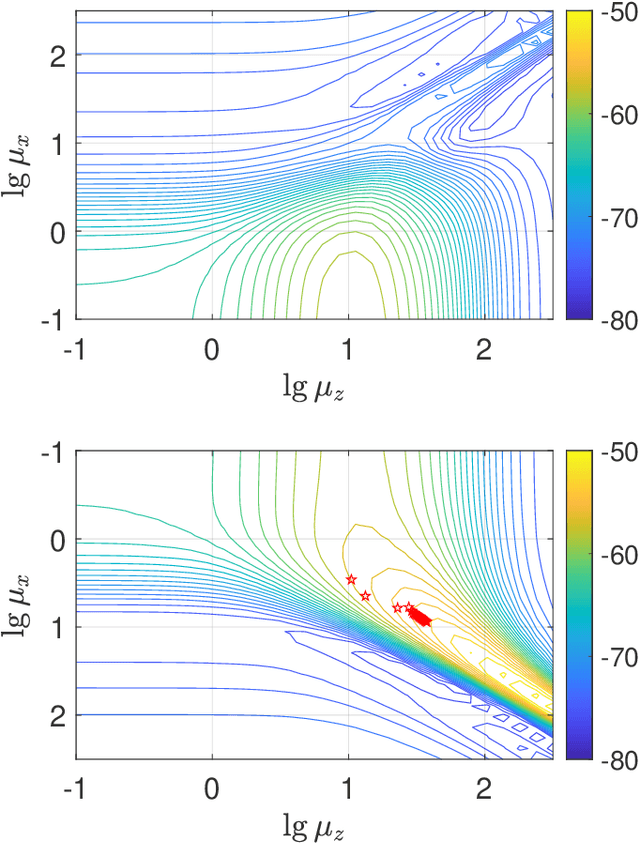
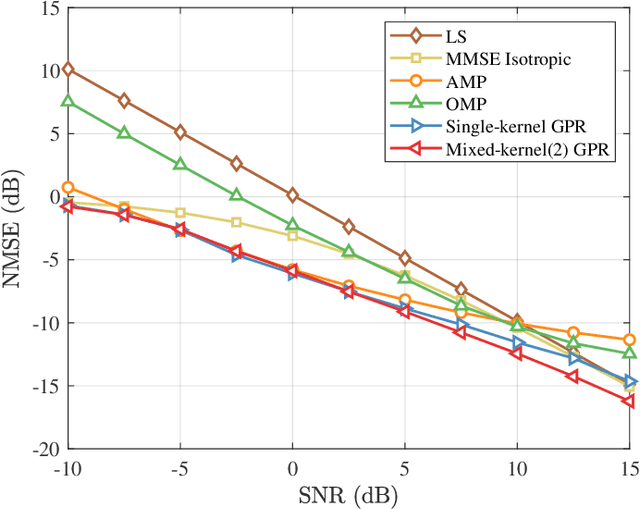
Abstract:Electromagnetic information theory (EIT) is an emerging interdisciplinary subject that integrates classical Maxwell electromagnetics and Shannon information theory. The goal of EIT is to uncover the information transmission mechanisms from an electromagnetic (EM) perspective in wireless systems. Existing works on EIT are mainly focused on the analysis of degrees-of-freedom (DoF), system capacity, and characteristics of the electromagnetic channel. However, these works do not clarify how EIT can improve wireless communication systems. To answer this question, in this paper, we provide a novel demonstration of the application of EIT. By integrating EM knowledge into the classical MMSE channel estimator, we observe for the first time that EIT is capable of improving the channel estimation performace. Specifically, the EM knowledge is first encoded into a spatio-temporal correlation function (STCF), which we term as the EM kernel. This EM kernel plays the role of side information to the channel estimator. Since the EM kernel takes the form of Gaussian processes (GP), we propose the EIT-based Gaussian process regression (EIT-GPR) to derive the channel estimations. In addition, since the EM kernel allows parameter tuning, we propose EM kernel learning to fit the EM kernel to channel observations. Simulation results show that the application of EIT to the channel estimator enables it to outperform traditional isotropic MMSE algorithm, thus proving the practical values of EIT.
A Multi-task Framework for Infrared Small Target Detection and Segmentation
Jun 14, 2022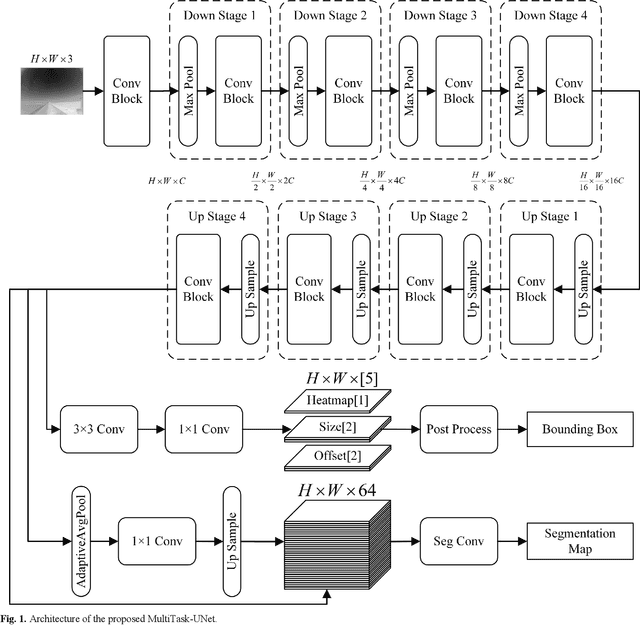
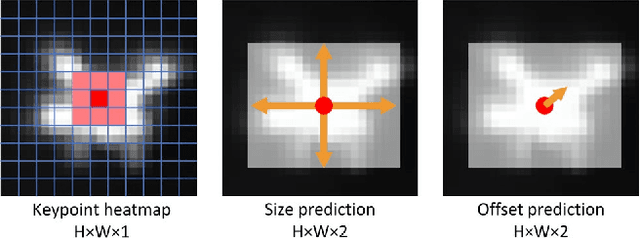
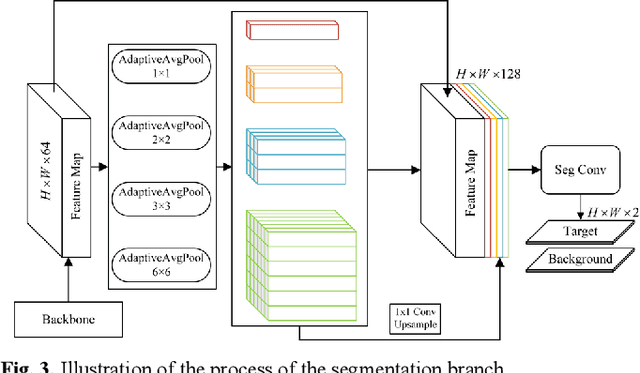
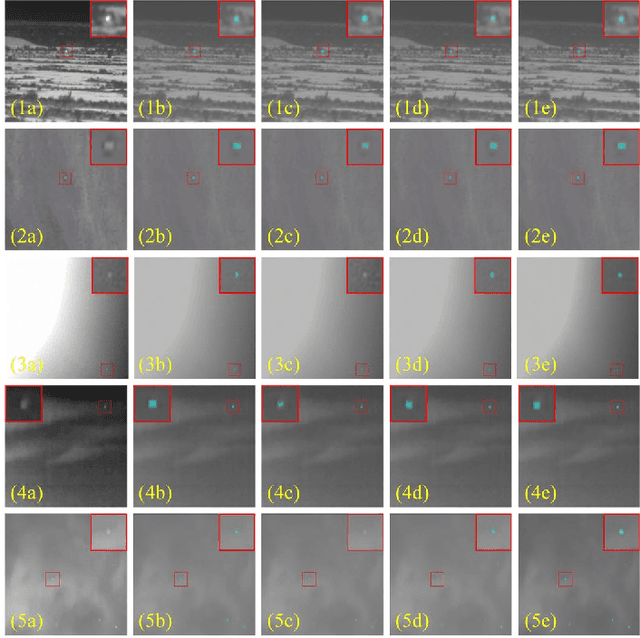
Abstract:Due to the complicated background and noise of infrared images, infrared small target detection is one of the most difficult problems in the field of computer vision. In most existing studies, semantic segmentation methods are typically used to achieve better results. The centroid of each target is calculated from the segmentation map as the detection result. In contrast, we propose a novel end-to-end framework for infrared small target detection and segmentation in this paper. First, with the use of UNet as the backbone to maintain resolution and semantic information, our model can achieve a higher detection accuracy than other state-of-the-art methods by attaching a simple anchor-free head. Then, a pyramid pool module is used to further extract features and improve the precision of target segmentation. Next, we use semantic segmentation tasks that pay more attention to pixel-level features to assist in the training process of object detection, which increases the average precision and allows the model to detect some targets that were previously not detectable. Furthermore, we develop a multi-task framework for infrared small target detection and segmentation. Our multi-task learning model reduces complexity by nearly half and speeds up inference by nearly twice compared to the composite single-task model, while maintaining accuracy. The code and models are publicly available at https://github.com/Chenastron/MTUNet.
 Add to Chrome
Add to Chrome Add to Firefox
Add to Firefox Add to Edge
Add to Edge